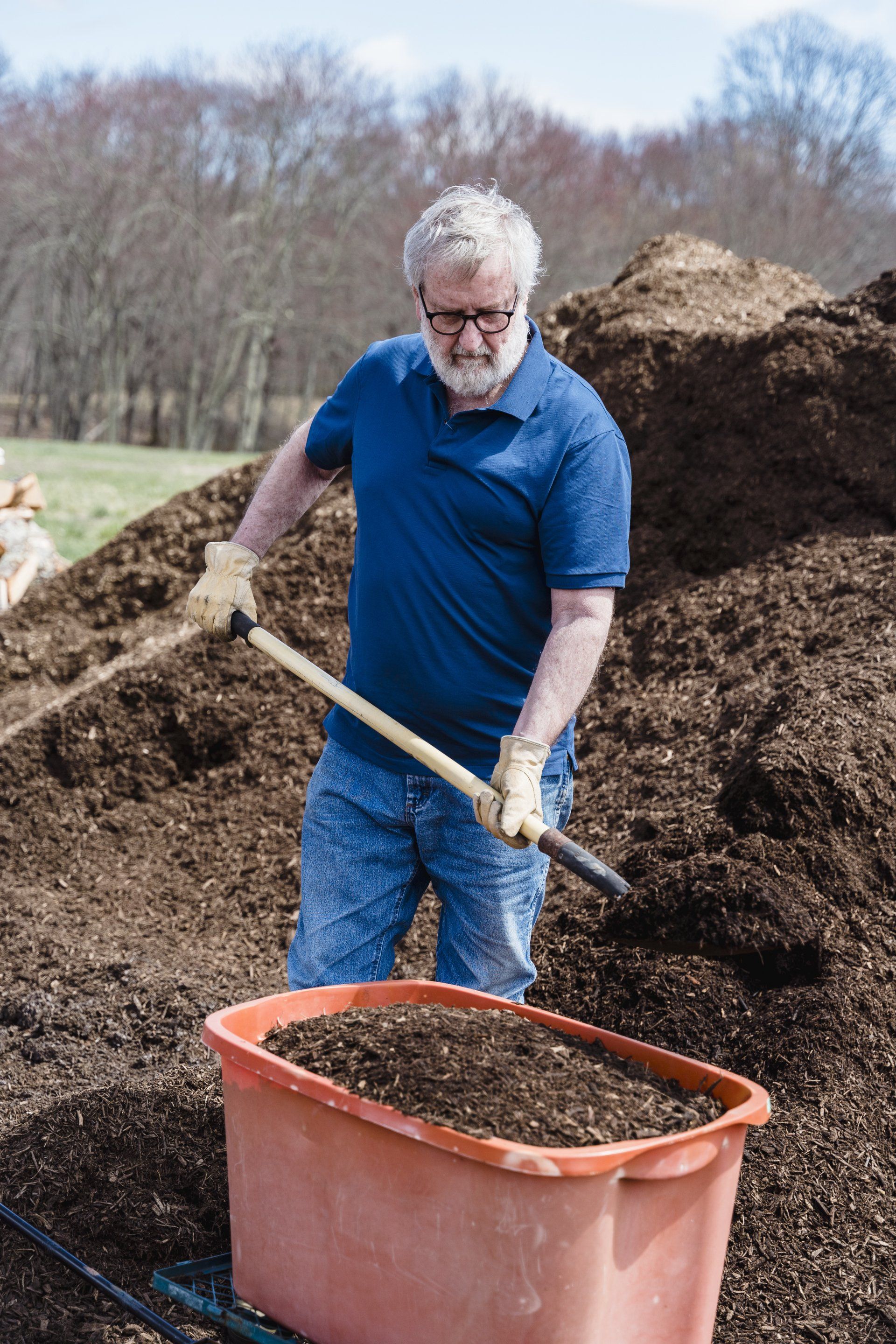The Importance of Fall Soil Testing for Farms and Gardens
Maximize Your Soil’s Potential Before Winter

Fall is a time when many farmers and gardeners begin winding down for the season. However, if you’re serious about maximizing your soil’s potential, now is the perfect time to conduct a thorough soil test. Fall soil testing offers unique advantages that can give your farm or garden a head start for the upcoming spring season. In this blog post, we’ll explain the specific benefits of fall soil testing and why it’s a critical step for ensuring healthy, productive crops next year.
Why Fall Soil Testing Matters for Farms and Gardens
Unlike general soil preparation, which involves applying amendments and mulching, fall soil testing focuses on analyzing your soil's current nutrient profile to guide future management decisions. Here’s why it’s important:
- Accurate Nutrient Assessment: By testing in the fall, you get a more stable reading of your soil’s nutrient levels. Summer crops often deplete key nutrients, and a soil test will show exactly what’s left. This allows you to tailor your amendments based on actual needs rather than guesswork.
- Extended Time for pH Adjustments: If your soil pH is too acidic or alkaline, making adjustments in the fall gives amendments like lime or sulfur ample time to work. These pH changes are slow-acting, so starting now means you won’t be caught off guard in the spring.
- Optimal Planning for Crop Rotations: For larger farms, soil testing in the fall helps you plan effective crop rotations. Knowing your soil’s nutrient status allows you to select crops that will thrive in the existing conditions, reducing the need for heavy fertilization.
Key Elements to Test in Fall Soil Analysis
While soil tests can vary based on your needs, the following components are essential for a comprehensive analysis:
- pH Level: Determines soil acidity or alkalinity, affecting nutrient availability.
- Macro-Nutrients (N, P, K): Indicates levels of nitrogen (N), phosphorus (P), and potassium (K), which are critical for plant growth and yield.
- Micro-Nutrients: Tests for essential elements like calcium, magnesium, and sulfur, which support plant health and resilience.
- Soil Organic Matter: Higher levels of organic matter improve water retention, soil structure, and microbial activity.
Fall Soil Testing Tips for Farms and Gardens
- Sample Different Areas Separately: For farms, take separate samples from different fields or crop zones. For gardens, consider sampling different beds or sections, especially if you grow a variety of plants with different needs.
- Time Your Testing Right: Conduct soil tests after you’ve completed your harvest but before applying any new amendments. This timing ensures you get an accurate snapshot of your soil’s natural state without interference from recent inputs.
- Choose a Reputable Testing Service: Not all soil tests are created equal. At TPS Lab, we offer detailed, customized reports that not only identify nutrient levels but also provide actionable recommendations based on your specific crop goals.
What to Do After You Get Your Fall Soil Test Results
- Plan Your Nutrient Strategy: Use the data from your soil test to create a nutrient management plan. If your soil is low in nitrogen, consider supplementing with a high-quality organic amendment like composted manure. If phosphorus is lacking, bone meal or rock phosphate can help restore levels.
- Schedule pH Adjustments: If your pH levels are outside the optimal range (6.0-7.0 for most crops), apply lime (to raise pH) or elemental sulfur (to lower pH) in the fall. These amendments work slowly, making fall the ideal time for application.
- Monitor Organic Matter Levels: If your soil test reveals low organic matter, consider incorporating cover crops this fall. Cover crops like rye, clover, or vetch can boost organic matter content and improve soil health over winter.
Common Mistakes to Avoid with Fall Soil Testing
- Testing Too Early: Avoid testing right after a heavy rain or irrigation event, as excess moisture can skew nutrient readings.
- Neglecting Micronutrients: While macro-nutrients are crucial, micronutrients like zinc, iron, and manganese also play vital roles. Make sure your soil test includes a full panel of micronutrients.
- Ignoring the Results: A soil test is only useful if you act on the findings. Develop a concrete plan based on the recommendations provided by your testing service.
Get Expert Help with Your Fall Soil Testing at TPS Lab
At TPS Lab, we specialize in soil health analysis and customized nutrient management plans. Our fall soil testing services are designed to give you a complete picture of your soil’s health, helping you make data-driven decisions for your farm or garden. Reach out to us today to schedule your soil test and take the first step towards a more productive growing season.
Prepare Your Soil for Success Next Spring
Investing in fall soil testing is a proactive approach that can save time, money, and resources in the long run. By understanding your soil’s needs now, you can make targeted improvements and set yourself up for a successful spring. Contact TPS Lab today or visit our Soil Testing Services page to get started.



